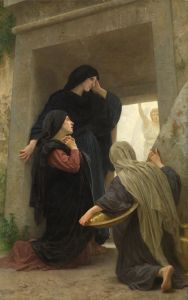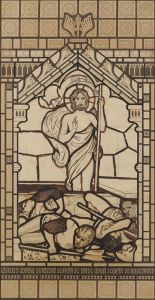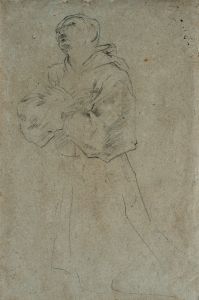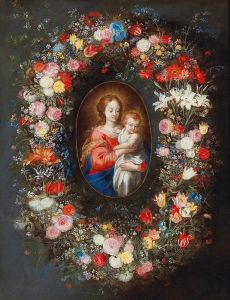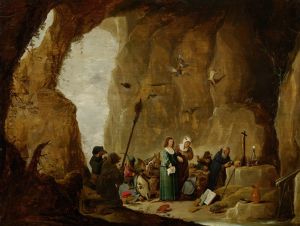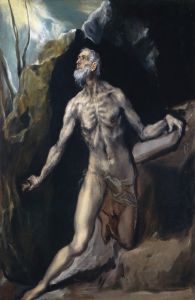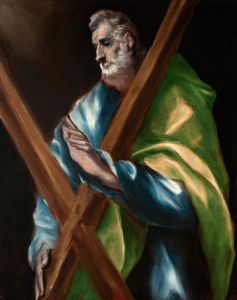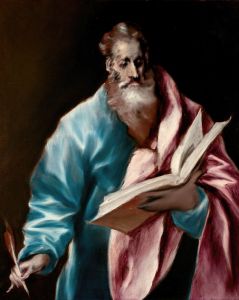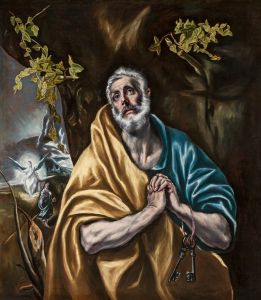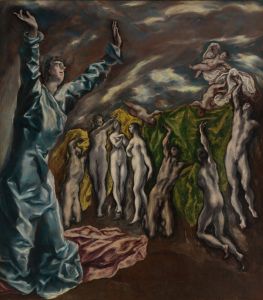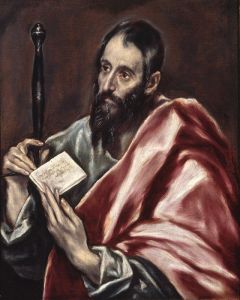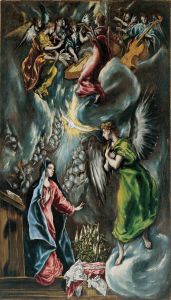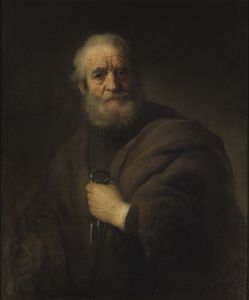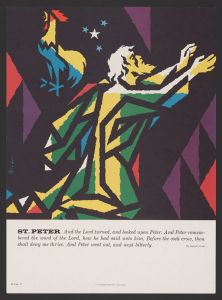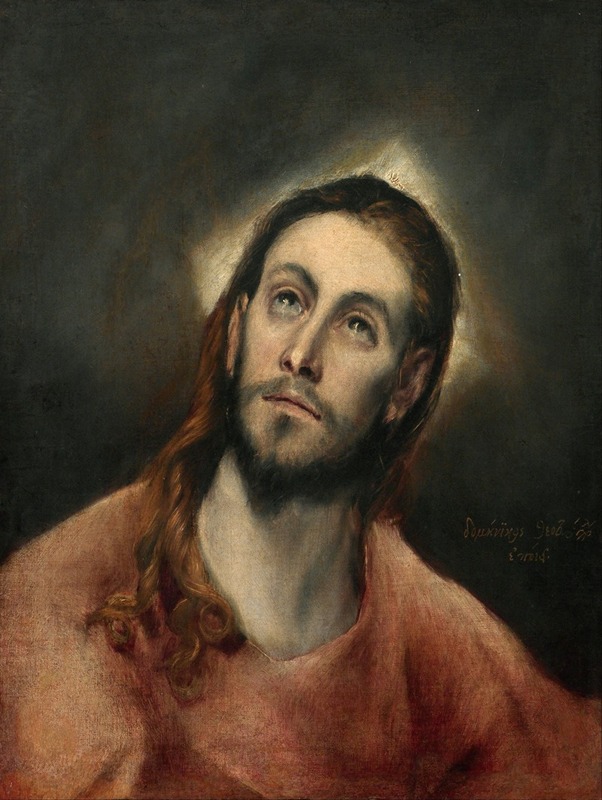
Christ In Prayer
A hand-painted replica of El Greco (Domenikos Theotokopoulos)’s masterpiece Christ In Prayer, meticulously crafted by professional artists to capture the true essence of the original. Each piece is created with museum-quality canvas and rare mineral pigments, carefully painted by experienced artists with delicate brushstrokes and rich, layered colors to perfectly recreate the texture of the original artwork. Unlike machine-printed reproductions, this hand-painted version brings the painting to life, infused with the artist’s emotions and skill in every stroke. Whether for personal collection or home decoration, it instantly elevates the artistic atmosphere of any space.
"Christ in Prayer" is a painting by the renowned artist El Greco, whose real name was Domenikos Theotokopoulos. El Greco was a prominent painter of the Spanish Renaissance, known for his distinctive style that combined elements of Byzantine traditions with Western painting techniques. Born in Crete in 1541, El Greco spent significant periods of his life in Italy and Spain, where he developed his unique artistic voice.
The painting "Christ in Prayer" is one of El Greco's many religious works, reflecting his deep engagement with spiritual themes. This piece depicts Jesus Christ in a moment of prayer, capturing a scene that is both intimate and profound. El Greco's portrayal of Christ is characterized by elongated forms and dramatic use of color and light, which are hallmarks of his style. These elements contribute to the emotional intensity and spiritual depth of the painting.
El Greco's use of color in "Christ in Prayer" is particularly noteworthy. He often employed a vivid palette, using contrasting colors to create a sense of movement and energy within the composition. The lighting in the painting is also significant, as it highlights Christ's figure against a darker background, drawing the viewer's attention to the central subject and enhancing the sense of divine presence.
The composition of "Christ in Prayer" is marked by its verticality, a common feature in El Greco's work. This vertical emphasis not only elongates the figure of Christ but also directs the viewer's gaze upward, suggesting a connection between the earthly and the divine. The background is typically sparse, focusing attention on the figure of Christ and his spiritual contemplation.
El Greco's religious paintings often reflect his personal devotion and the Counter-Reformation context of his time. The Catholic Church, during this period, encouraged art that would inspire faith and devotion among the faithful. El Greco's works, with their intense spirituality and emotional resonance, aligned well with these objectives.
"Christ in Prayer" is believed to have been created during El Greco's mature period, when he was living in Toledo, Spain. Toledo was a significant cultural and religious center, and El Greco's work was well-received there. His paintings from this period often display a synthesis of his earlier influences from Italy and his own evolving style.
El Greco's impact on art history is considerable. His work was not fully appreciated during his lifetime, but he gained recognition in the centuries following his death. Today, El Greco is celebrated for his innovative approach to composition, color, and form, which prefigured elements of both Expressionism and Cubism.
"Christ in Prayer" exemplifies El Greco's ability to convey deep religious sentiment through his art. The painting remains a testament to his skill in capturing the spiritual essence of his subjects, making it a significant work within his oeuvre and within the broader context of religious art.





